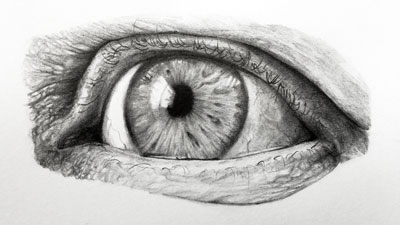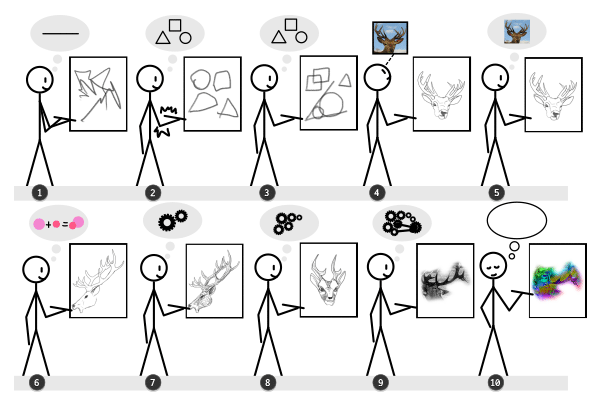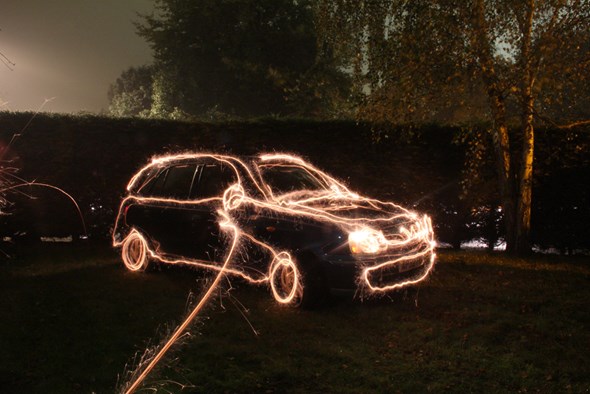- I Wish To Draw At Light Speed Sensor
- I Wish To Draw At Light Speed Light
- I Wish To Draw At Light Speed Switch
- I Wish To Draw At Light Speed Controller
What would happen if you tried to hit a baseball pitched at 90% the speed of light?
If you wave a flashlight across the night sky, then, in principle, its image can travel faster than light speed (since the beam of light is going from one part of the Universe to another part on. I wish to draw at light speed. 7/7/2015 11 Comments Thank you for the support and comments so far! I read each of them and try to reply as well. One of these is increased painting or drawing speed. A ground covers a painting or drawing surface from the outset. It can act as mid-tone, with only black and white used to apply dark and light areas (as in the examples below) or be left partially visible in the final work.
- Ellen McManis
Let’s set aside the question of how we got the baseball moving thatfast. We'll suppose it's a normal pitch, except in the instant thepitcher releases the ball, it magically accelerates to 0.9c. From thatpoint onward, everything proceeds according to normal physics.:
I Wish To Draw At Light Speed Sensor

The answer turns out to be “a lot of things”, and they all happen veryquickly, and it doesn’t end well for the batter (or the pitcher). I satdown with some physics books, a Nolan Ryan action figure, and a bunch ofvideotapes of nuclear tests and tried to sort it all out. What followsis my best guess at a nanosecond-by-nanosecond portrait:
The ball is going so fast that everything else is practicallystationary. Even the molecules in the air are stationary. Air moleculesvibrate back and forth at a few hundred miles per hour, but the ball ismoving through them at 600 million miles per hour. This means that asfar as the ball is concerned, they’re just hanging there, frozen.
The ideas of aerodynamics don’t apply here. Normally, air would flowaround anything moving through it. But the air molecules in front ofthis ball don’t have time to be jostled out of the way. The ball smacksinto them so hard that the atoms in the air molecules actually fuse withthe atoms in the ball’s surface. Each collision releases a burst ofgamma rays and scattered particles.
These gamma rays and debris expand outward in a bubble centered on thepitcher’s mound. They start to tear apart the molecules in the air,ripping the electrons from the nuclei and turning the air in the stadiuminto an expanding bubble of incandescent plasma. The wall of this bubbleapproaches the batter at about the speed of light—only slightly ahead ofthe ball itself.


The constant fusion at the front of the ball pushes back on it, slowingit down, as if the ball were a rocket flying tail-first while firing itsengines. Unfortunately, the ball is going so fast that even thetremendous force from this ongoing thermonuclear explosion barely slowsit down at all. It does, however, start to eat away at the surface,blasting tiny particulate fragments of the ball in all directions. Thesefragments are going so fast that when they hit air molecules, theytrigger two or three more rounds of fusion.
After about 70 nanoseconds the ball arrives at home plate. The batterhasn't even seen the pitcher let go of the ball, since the lightcarrying that information arrives at about the same time the ball does.Collisions with the air have eaten the ball away almost completely, andit is now a bullet-shaped cloud of expanding plasma (mainly carbon,oxygen, hydrogen, and nitrogen) ramming into the air and triggering morefusion as it goes. The shell of x-rays hits the batter first, and ahandful of nanoseconds later the debris cloud hits.
When it reaches the batter, the center of the cloud is still moving atan appreciable fraction of the speed of light. It hits the bat first,but then the batter, plate, and catcher are all scooped up and carriedbackward through the backstop as they disintegrate. The shell of x-raysand superheated plasma expands outward and upward, swallowing thebackstop, both teams, the stands, and the surrounding neighborhood—allin the first microsecond.


I Wish To Draw At Light Speed Light
Suppose you’re watching from a hilltop outside the city. The first thingyou see is a blinding light, far outshining the sun. This graduallyfades over the course of a few seconds, and a growing fireball risesinto a mushroom cloud. Then, with a great roar, the blast wave arrives,tearing up trees and shredding houses.
I Wish To Draw At Light Speed Switch
Everything within roughly a mile of the park is leveled, and a firestormengulfs the surrounding city. The baseball diamond is now a sizablecrater, centered a few hundred feet behind the former location of thebackstop.
I Wish To Draw At Light Speed Controller
A careful reading of official Major League Baseball Rule 6.08(b)suggests that in this situation, the batter would be considered 'hit bypitch', and would be eligible to advance to first base.